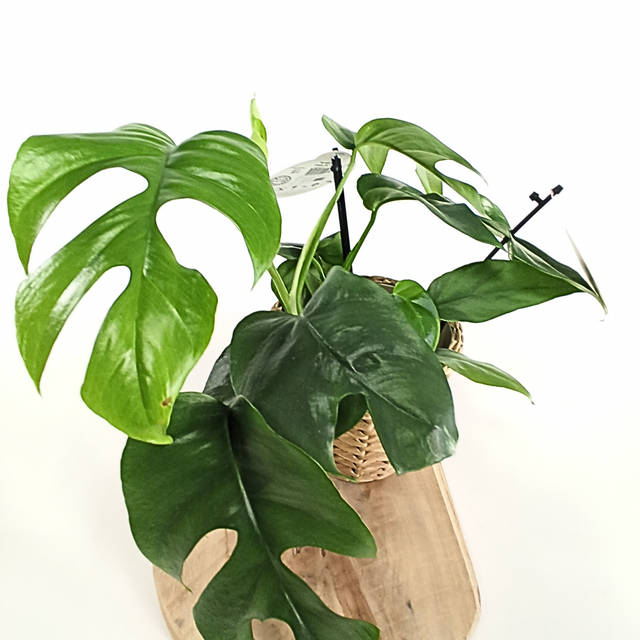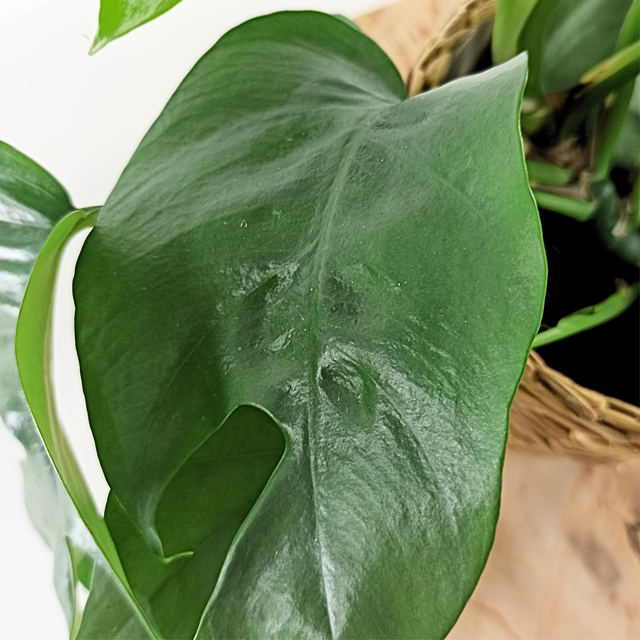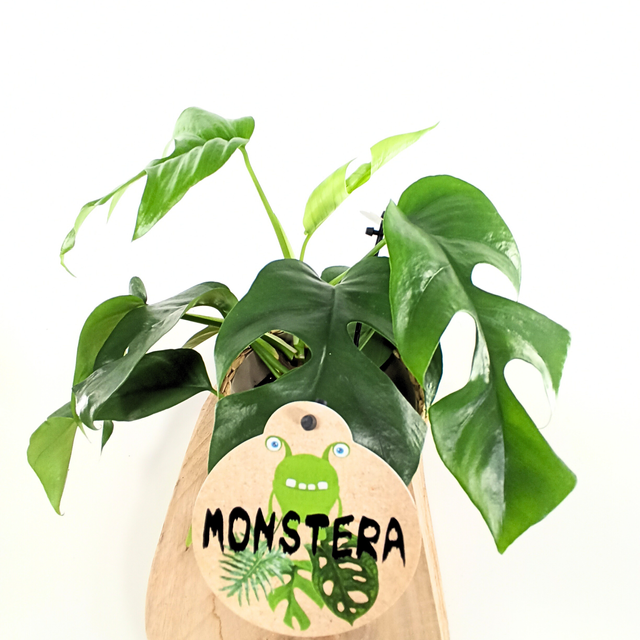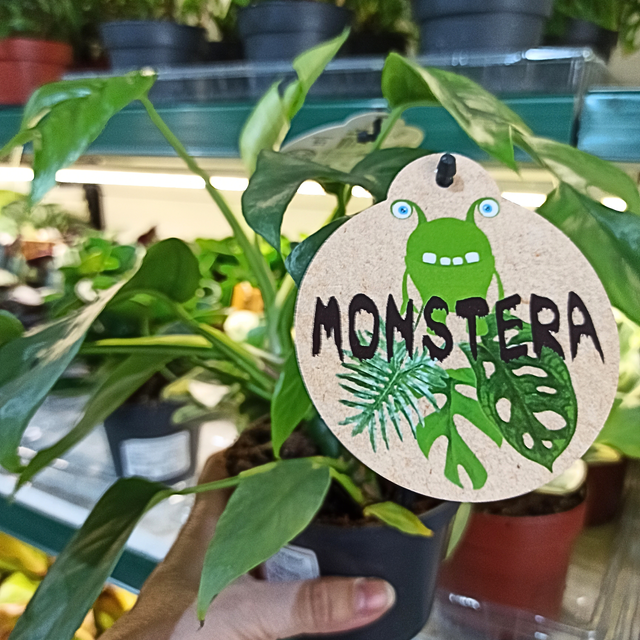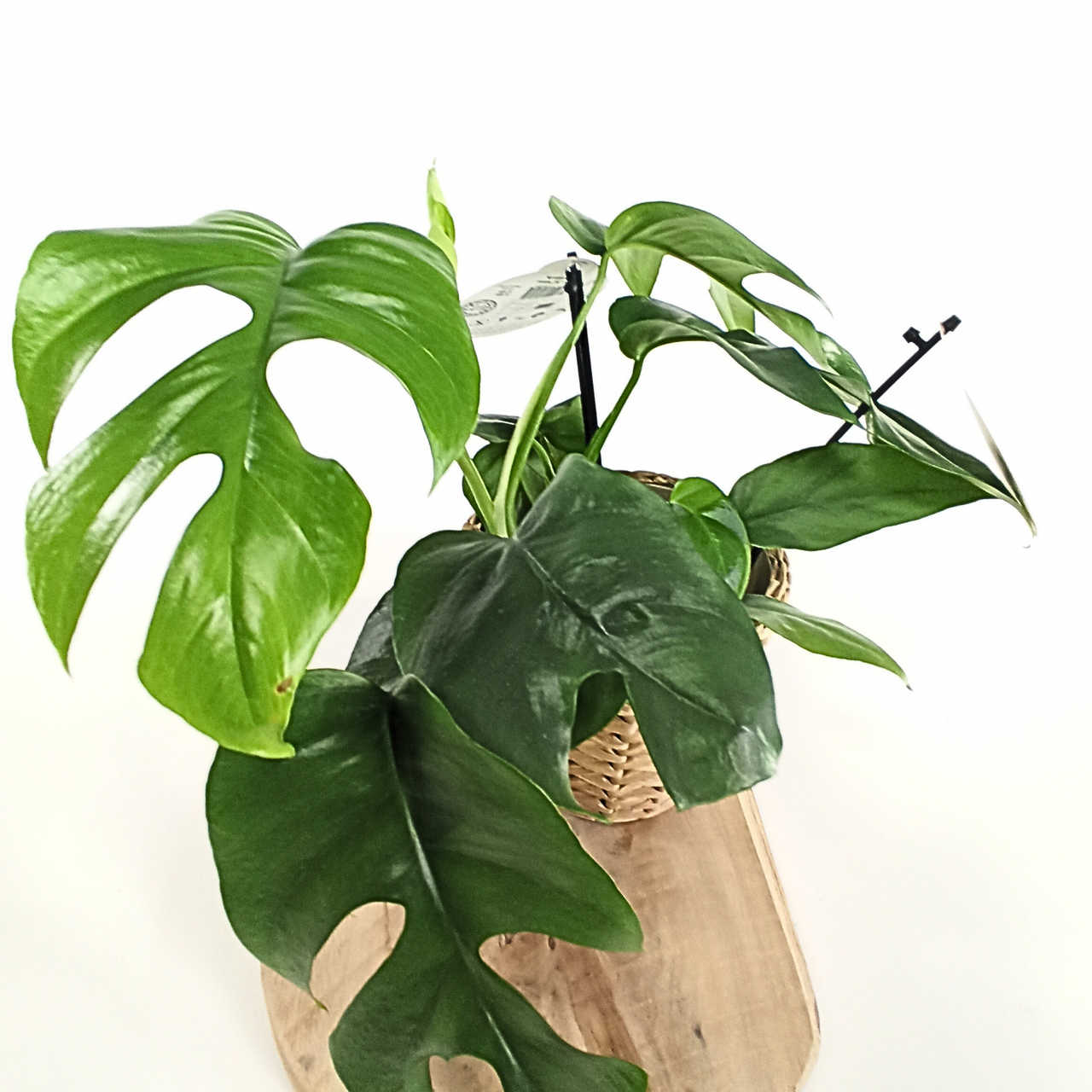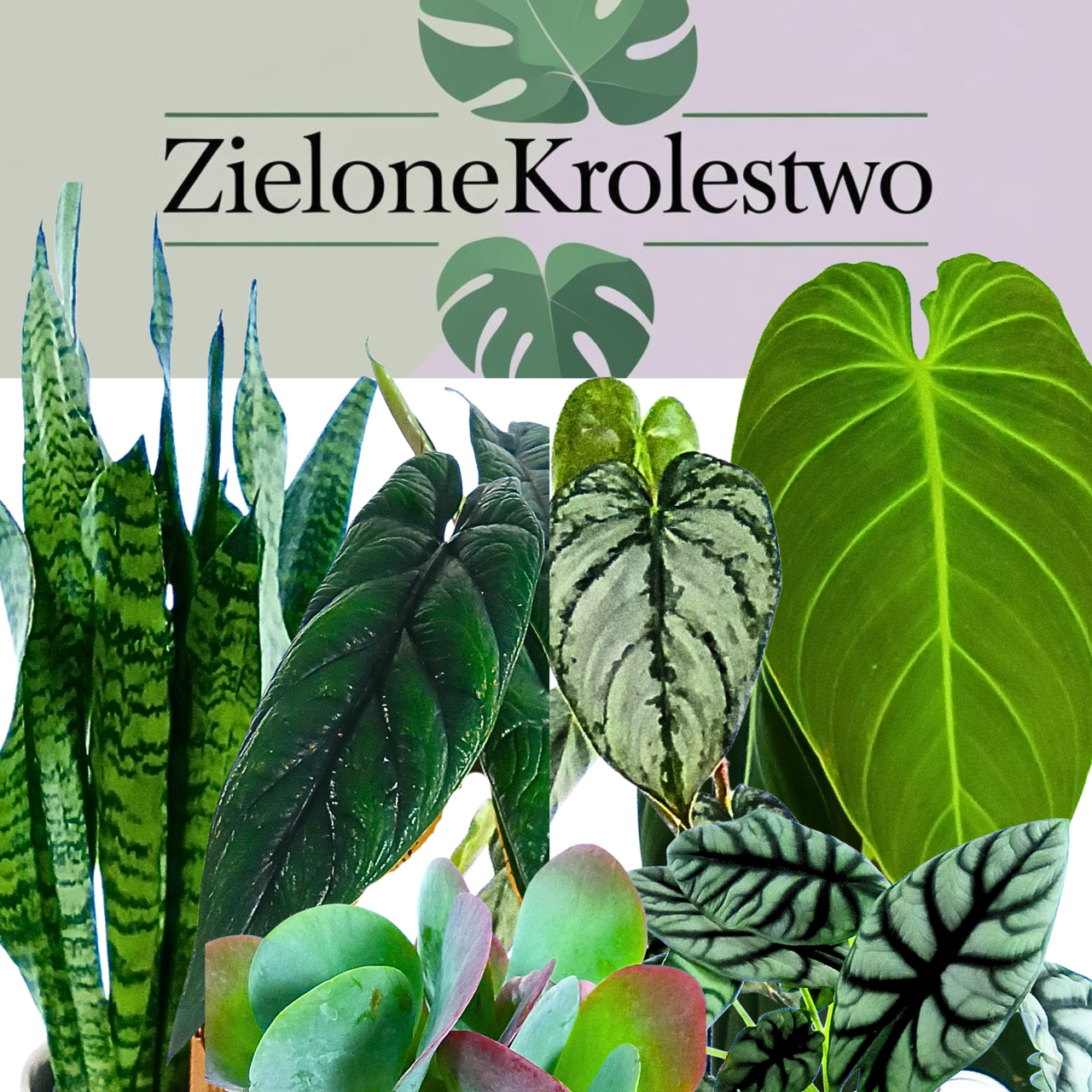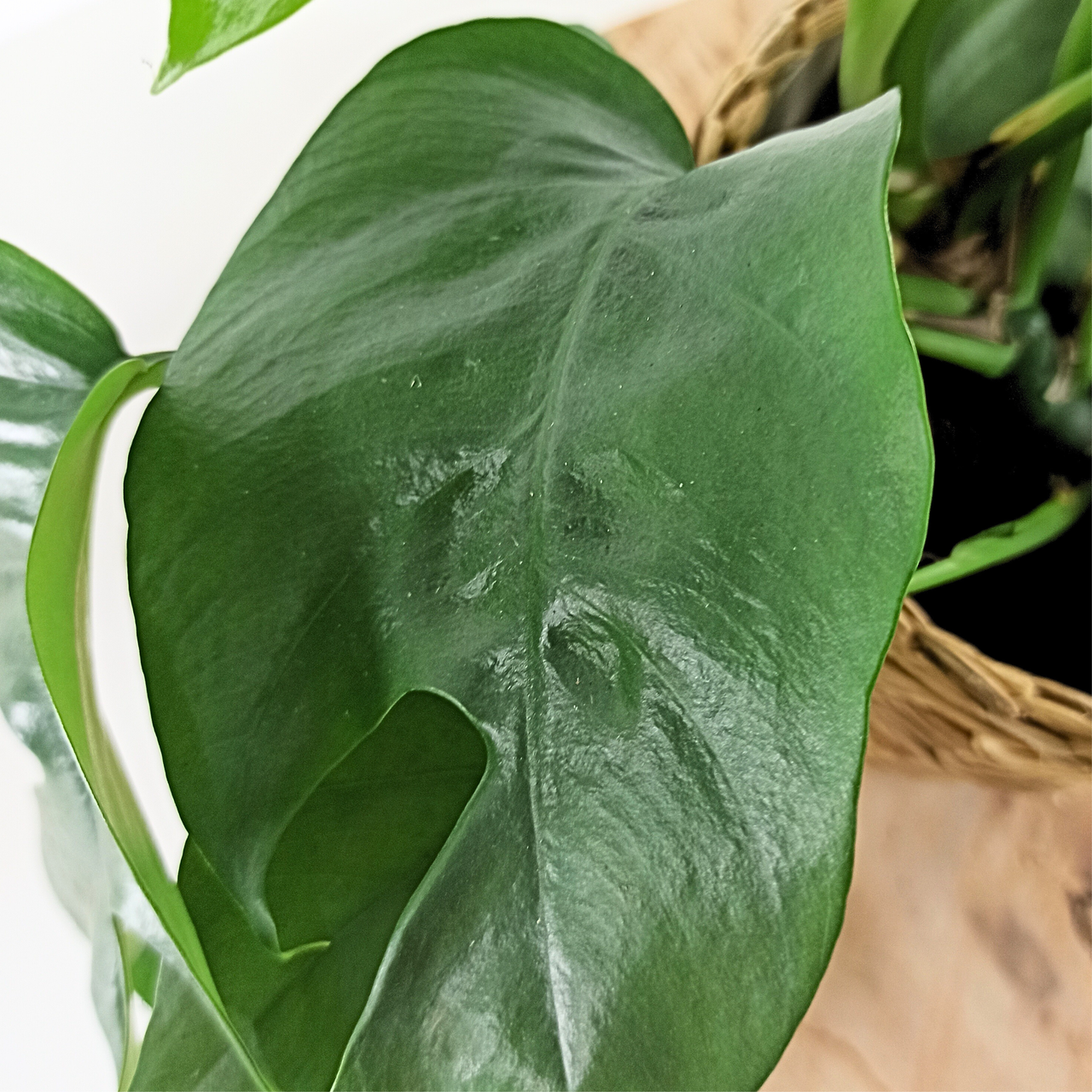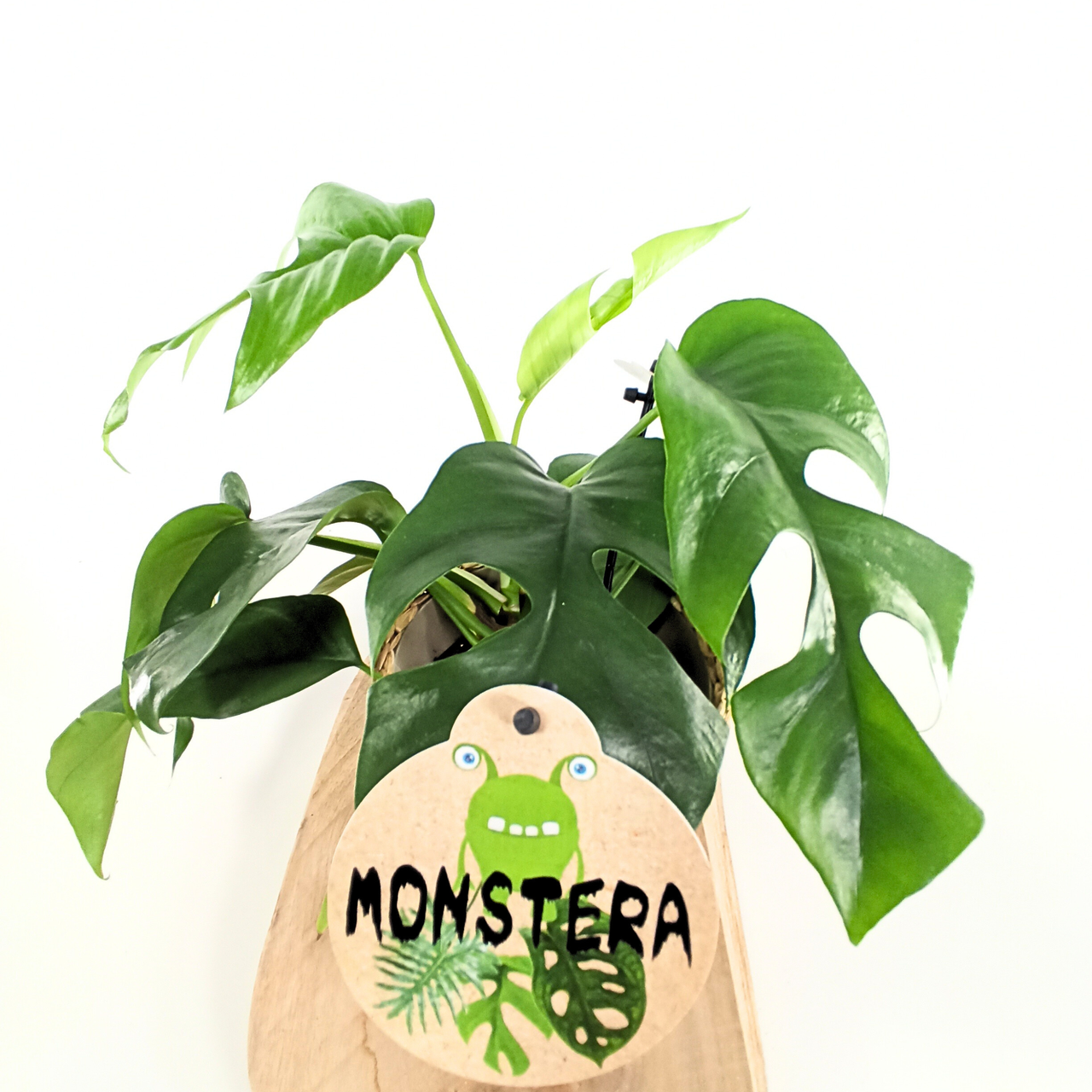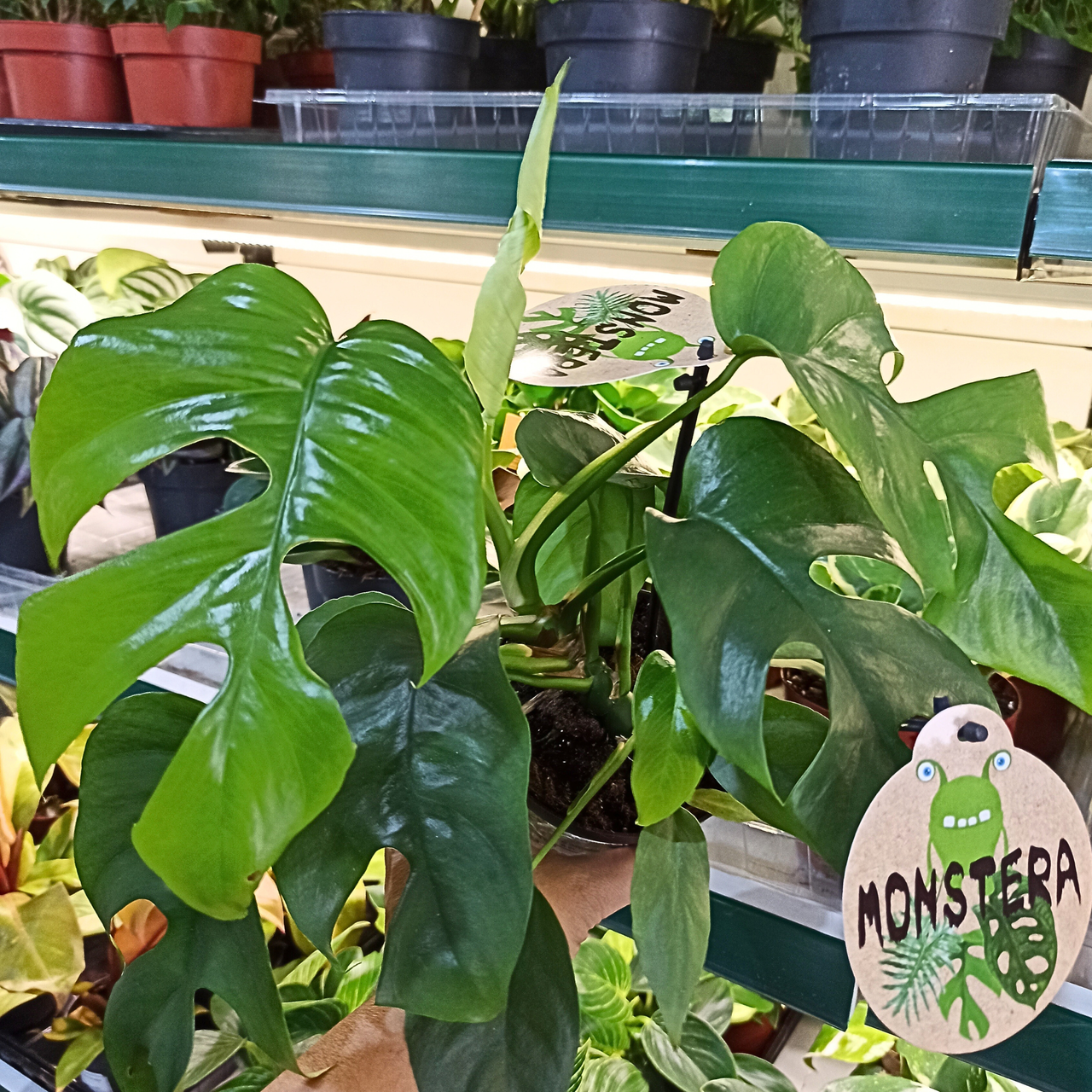Monstera Minima C1,2
- Monstera Minima is a compact climbing plant with small, fleshy leaves and a dense habit. Perfect for small apartments and as an attractive decorative plant, easy to care for and great for modern interiors.
Monstera Minima is a small climbing plant with a dense habit and small, glossy, fleshy leaves in a vibrant green shade. Unlike larger Monsteras, this variety is compact, making it perfect for small spaces, desks, or shelves. Its delicate, exotic look brings freshness and natural charm to any interior.
The plant prefers semi-shaded to bright locations, avoiding direct sunlight that may cause leaf discoloration. It requires moderate watering – allow the topsoil to dry out between waterings. Monstera Minima tolerates typical indoor conditions and moderate humidity well.
This is an excellent choice for those who want to enjoy the beauty of Monsteras but have limited space. It also complements other plants well, adding subtlety and lightness to arrangements.
Care secrets:
- Bright to semi-shaded spot, avoid direct sun
- Water when the topsoil dries out
- Maintain moderate humidity
- Room temperature 18–24°C, avoid drafts
- Fertilize once a month during growing season (spring-summer)
- Repot every 2–3 years in well-draining, light soil
Why choose it:
- Compact size perfect for small spaces
- Easy to care for and forgiving of care mistakes
- Unique exotic look with small, fleshy leaves
- Brings tropical vibe indoors
- Complements other houseplants beautifully
Parameters:
| Parameter | Value |
|---|---|
| Form | Climbing, dense |
| Plant habit | Compact with small leaves |
| Target height | up to 0.6 m |
| Target width | up to 0.5 m |
| Leaf color | Vibrant green |
| Flower color | Small, cream-colored (rarely seen) |
| Evergreen leaves | Yes |
| Soil type | Fertile, well-draining |
| Soil pH | 5.5–7.0 |
| Soil composition | Light with peat and perlite |
| Cultivation location | Bright to semi-shaded |
| Frost hardiness zone | Indoor plant, not frost-hardy |
| Usage | Decorative houseplant |
| Flowering period | July–September |
| Fruiting period | Rarely fruits indoors |
| Edible | No |
